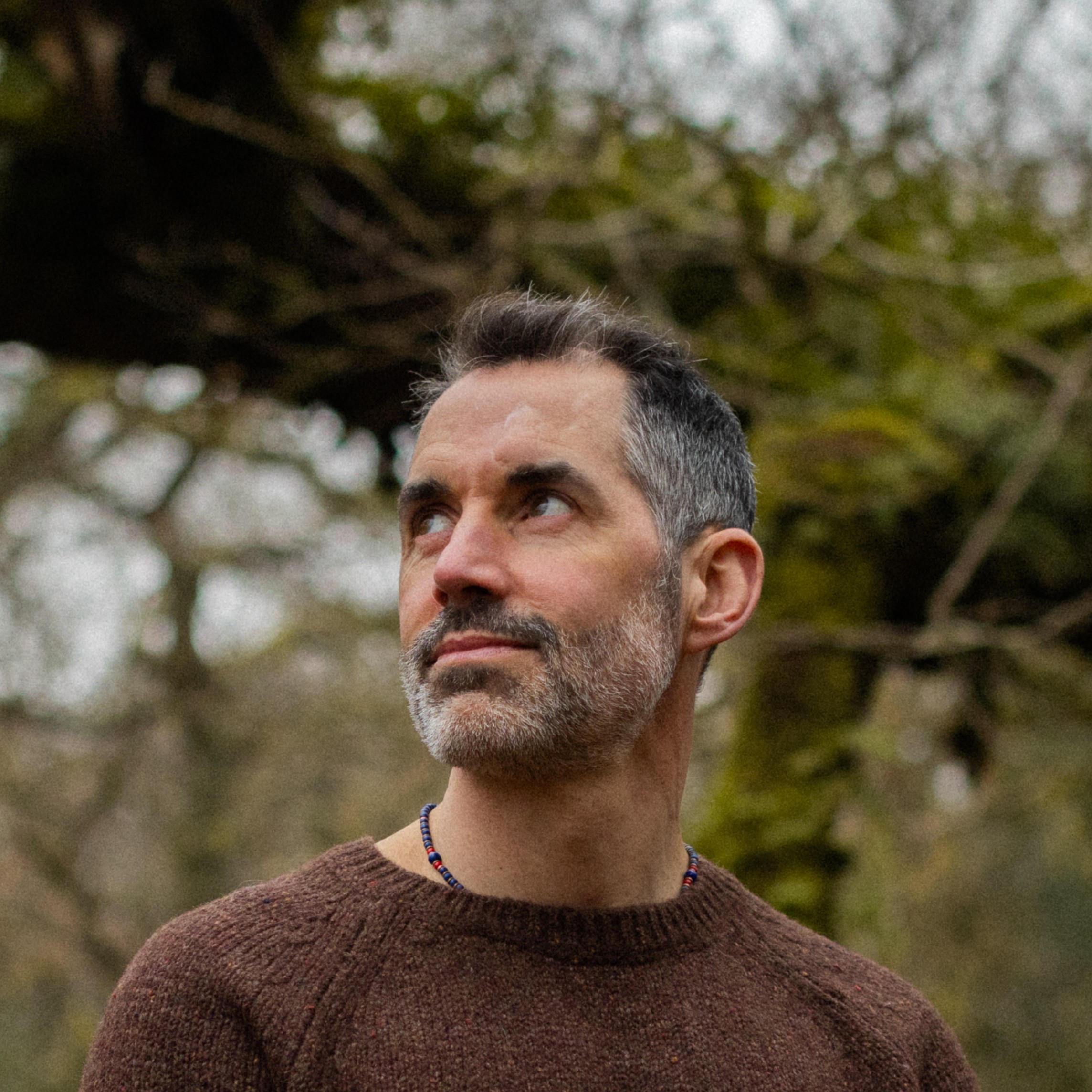Table of contents
Human Evolutionary EcoPhysiology Research Group
Throughout human evolution, natural environments have shaped our biology by providing the ecological parameters within which natural selection has acted. During the last 200-300 years, however, our environment has become increasingly industrialised, with urban centres rapidly becoming our primary habitat. This dramatic habitat change presents novel challenges and reduces our contact with beneficial aspects of nature. We believe that this transition has created an environmental mismatch between our nature-adapted biology and our modern industrialised habitats, which contributes to rampant physiological and psychological stress and impaired biological function.
Rooted in human evolutionary theory, we conduct experimental research that assesses how natural and industrial environments influence human biological function and health.
Learn more about our research here: HEEP Research Group
Publications
Link to Google Scholar: Google Scholar
